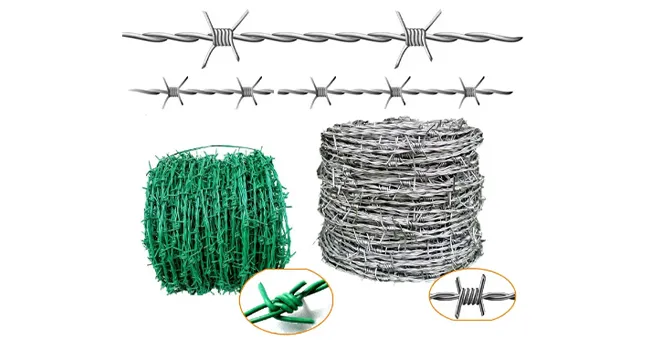-
 Phone:
Phone: -
 Email:
Email:

Understanding Tie Wire Steel and Its Applications in Construction and Fabrication
The Importance of Tie Wire in the Steel Industry
Tie wire, often referred to as binding wire, plays a critical role in the steel construction and reinforcement sector. In essence, it is a type of steel wire used for securing and binding materials together, ensuring stability and integrity in various engineering applications. This article delves into the properties, applications, manufacturing processes, and advantages of tie wire in the steel industry.
Properties of Tie Wire
Tie wire is typically made from high-quality steel, which provides it with the necessary strength and durability. The wire can be found in various diameters, but common sizes range from 0.8 mm to 3.2 mm. This variety allows for flexibility in applications depending on the specific requirements of the project. The steel used in producing tie wire is often galvanized or coated, which offers additional protection against corrosion and extends the wire's life.
Moreover, tie wire can be either annealed or hardened. Annealed tie wire is soft and malleable, making it easy to work with and ideal for manual tying and binding. On the other hand, hardened tie wire is stronger and more suitable for heavy-duty applications that require greater tensile strength.
Applications of Tie Wire
Tie wire is primarily used in construction, particularly in reinforcing concrete structures. In concrete work, the wire serves as an essential tool for bundling rebar (reinforcing bars) together before pouring concrete. This process ensures that the rebar maintains its intended position within the concrete, optimizing structural integrity and load-bearing capacity.
Beyond the realm of concrete reinforcement, tie wire is also employed in various diverse applications such as fencing, crafting, and horticulture. In agriculture, tie wire is instrumental in supporting plants, as well as in safely securing greenhouse structures. Similarly, in crafting, artists and makers use tie wire to create intricate designs, ornaments, and sculptures.
Manufacturing Processes
tie wire steel

The manufacturing of tie wire involves several key steps. Initially, high-quality steel is drawn into wire form through a series of dies, which decrease the diameter of the steel rods. This process is known as wire drawing. After achieving the desired thickness, the wire may undergo annealing to enhance its malleability or be subjected to processes that increase its tensile strength.
Once the wire has been processed, it's typically coated or galvanized to protect against rust and corrosion. The final product is then wound into coils or spools, making it easy to handle and transport. The quality of the manufacturing process directly influences the wire's performance, so adhering to stringent quality control measures is essential.
Advantages of Tie Wire
The many advantages of tie wire make it an indispensable product in the steel industry. Firstly, its strength-to-weight ratio is exceptional, meaning it can support considerable loads while remaining lightweight. This feature significantly enhances the efficiency of construction projects.
Furthermore, tie wire's resistance to corrosion, especially when galvanized, reduces maintenance costs and increases longevity, providing value over time. The versatility of tie wire allows it to be used across various sectors, making it a multifunctional tool for professionals in construction, agriculture, and crafts.
In addition, the ease of handling and application facilitates quicker project completion, leading to overall increased productivity. Given these attributes, it’s evident that tie wire is not just a minor component but an essential element that contributes to the safety and durability of structures and various applications within the steel industry.
Conclusion
In the fast-evolving world of construction and engineering, tie wire remains a cornerstone product that underscores the strength, reliability, and versatility of steel materials. Its critical role in reinforcing concrete, coupled with its diverse applications, ensures that tie wire will continue to be a key player in the industrial landscape for years to come. As technology advances, the demand for high-quality tie wire keeps rising, reflecting its importance in modern construction practices.
-
Wire Mesh for Every Need: A Practical SolutionNewsJul.25,2025
-
Steel Fences: Durable, Secure, and Stylish OptionsNewsJul.25,2025
-
Roll Top Fencing: A Smart Solution for Safety and SecurityNewsJul.25,2025
-
Cattle Farm Fencing Solutions for Maximum SecurityNewsJul.25,2025
-
Affordable Iron Binding Wire SolutionsNewsJul.25,2025
-
Affordable Galvanized Wire SolutionsNewsJul.25,2025
-
Wire Hanger Recycling IdeasNewsJul.25,2025








